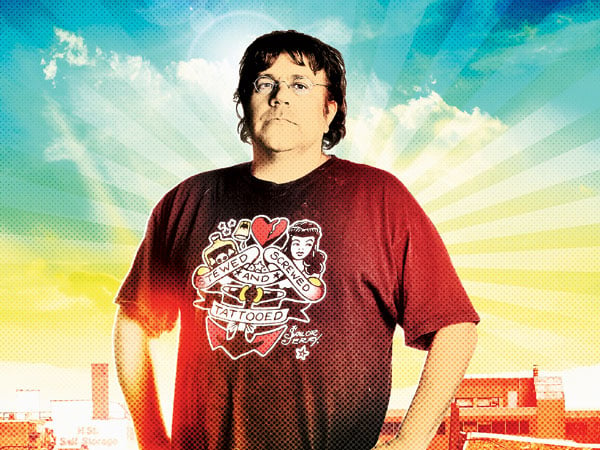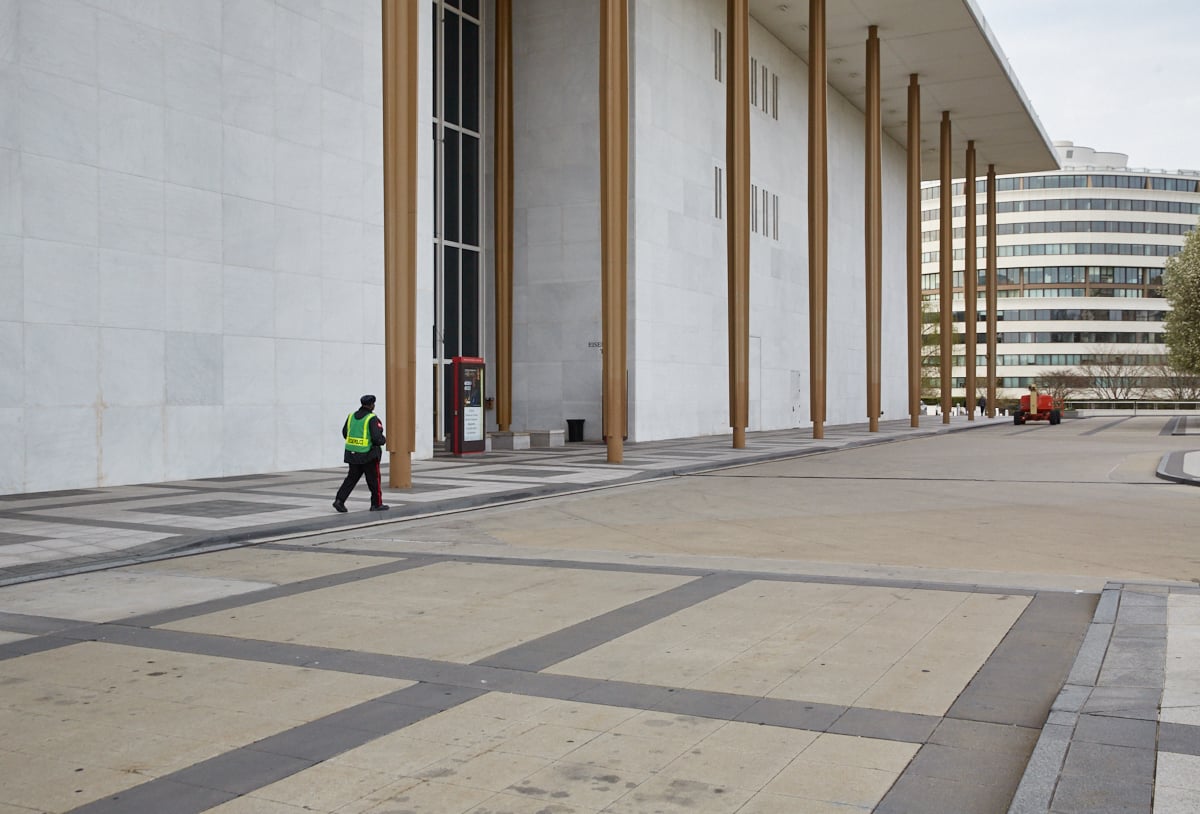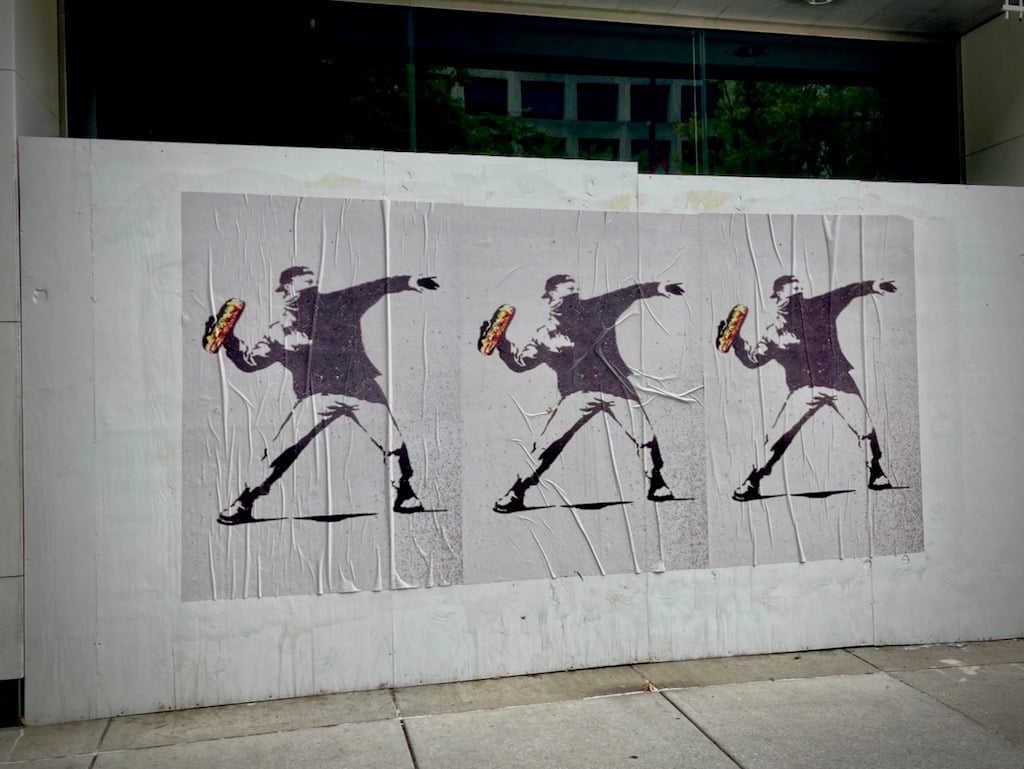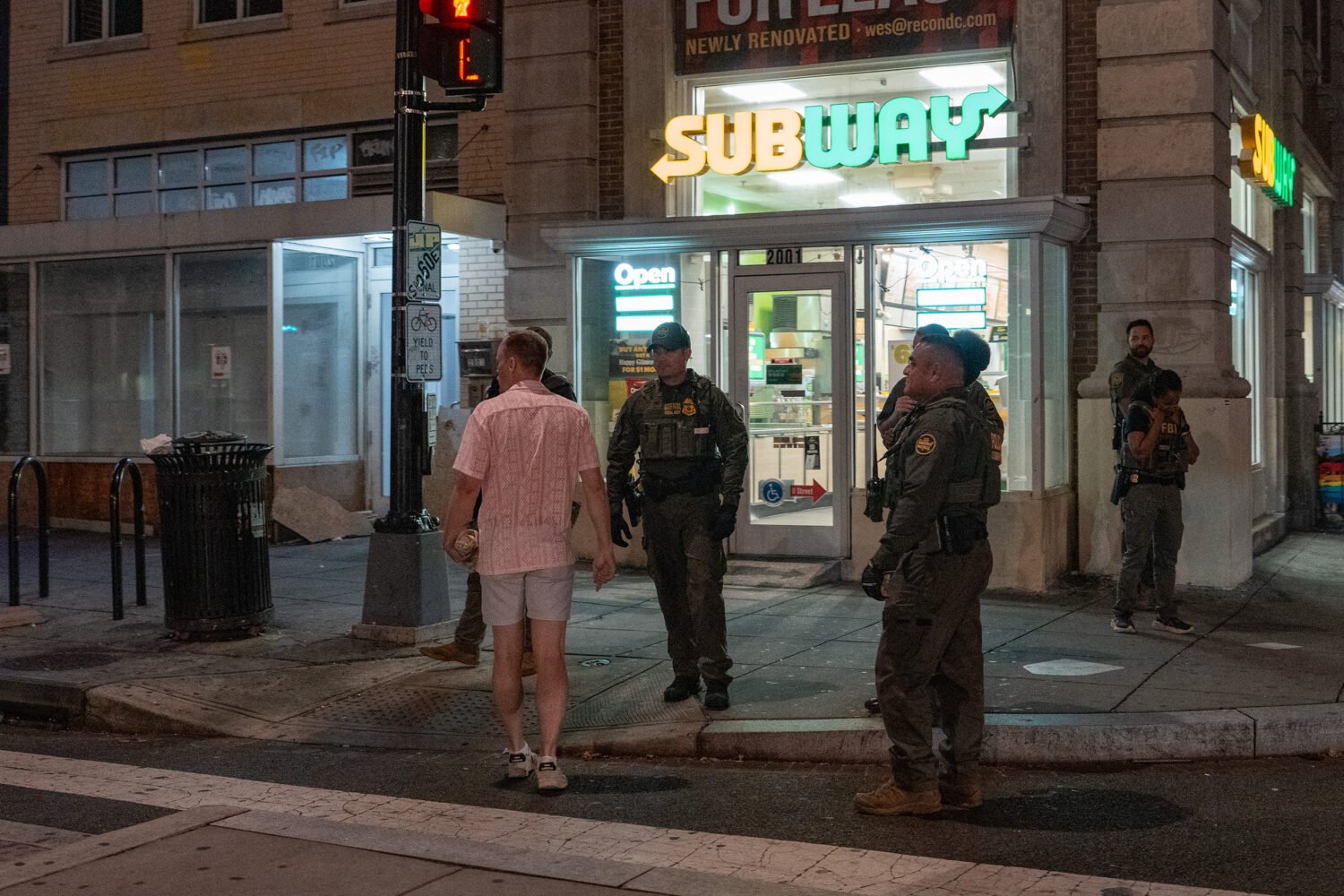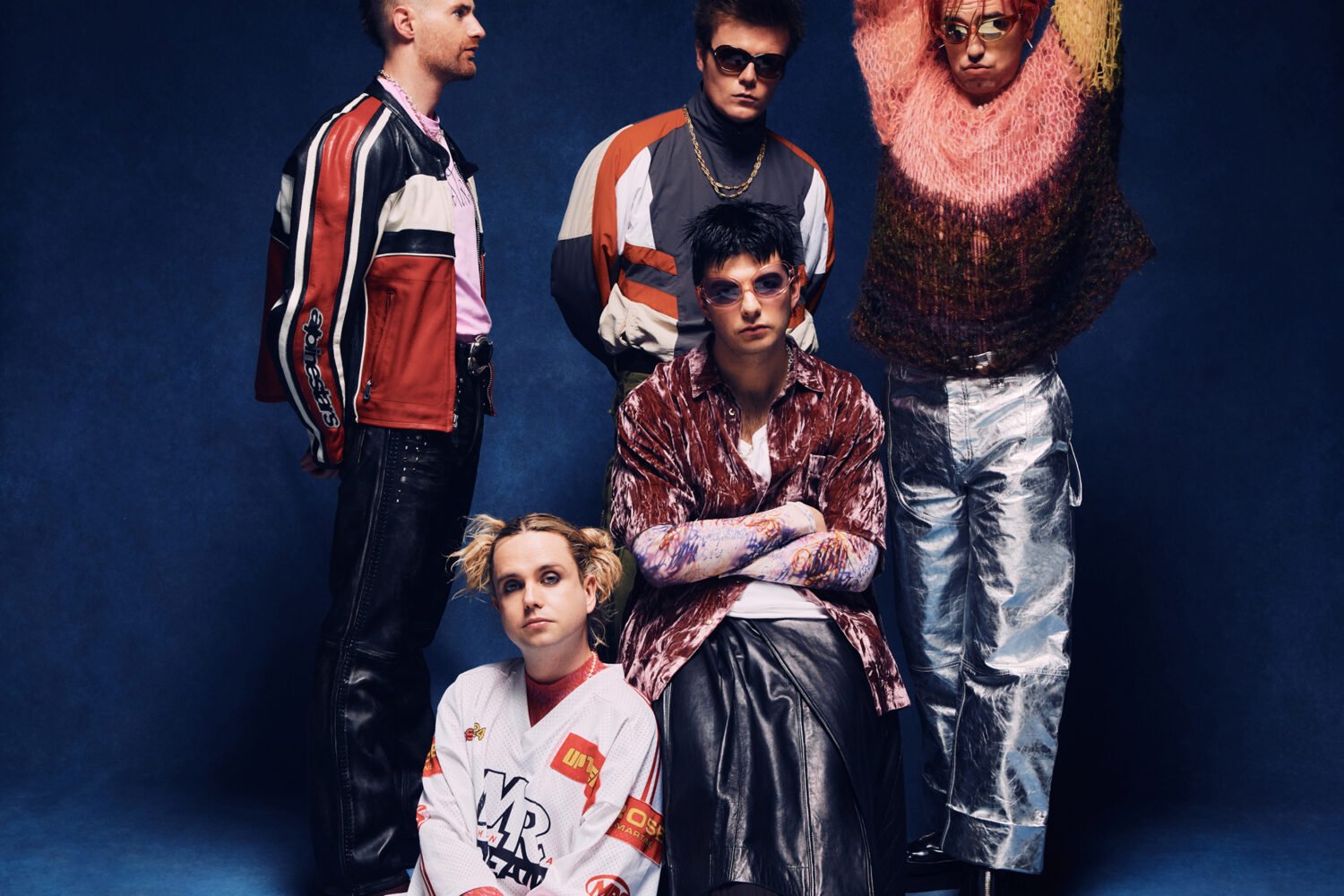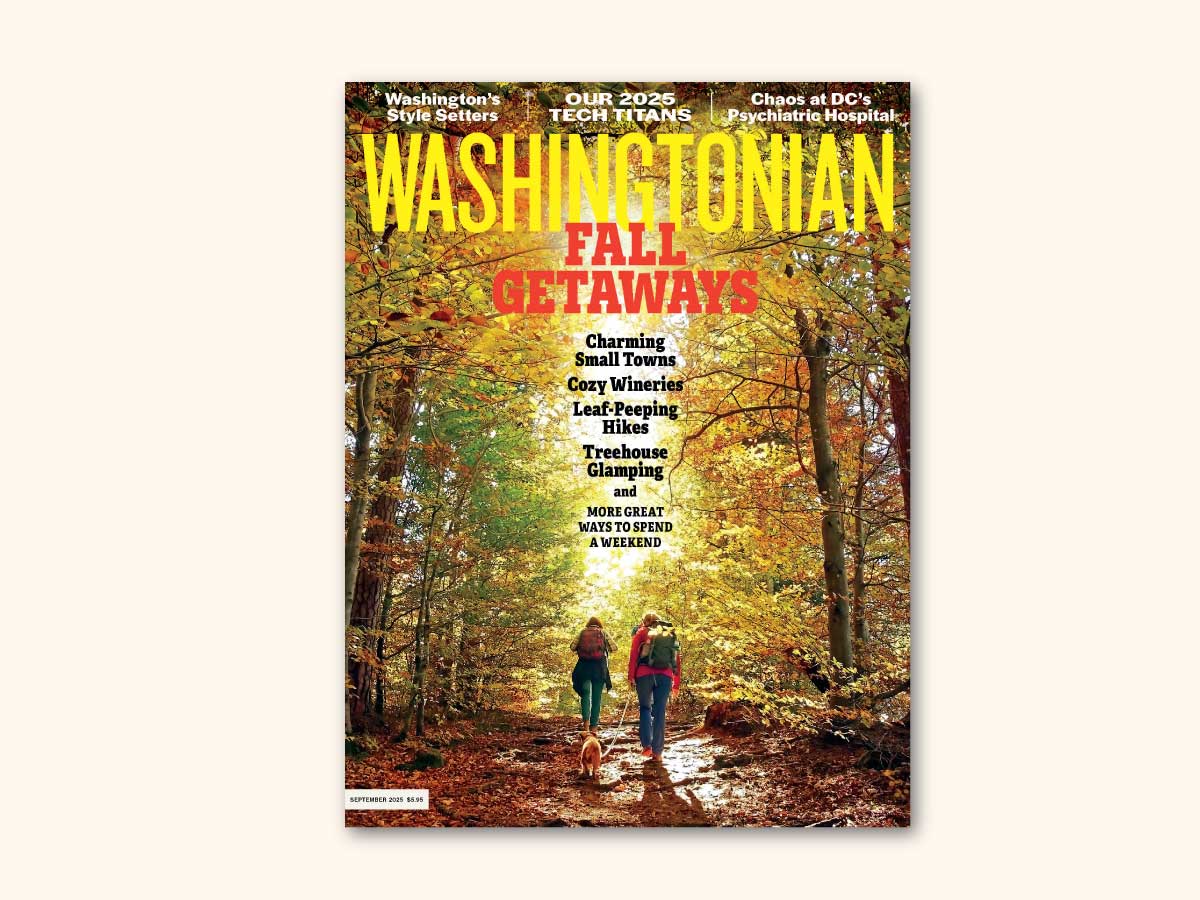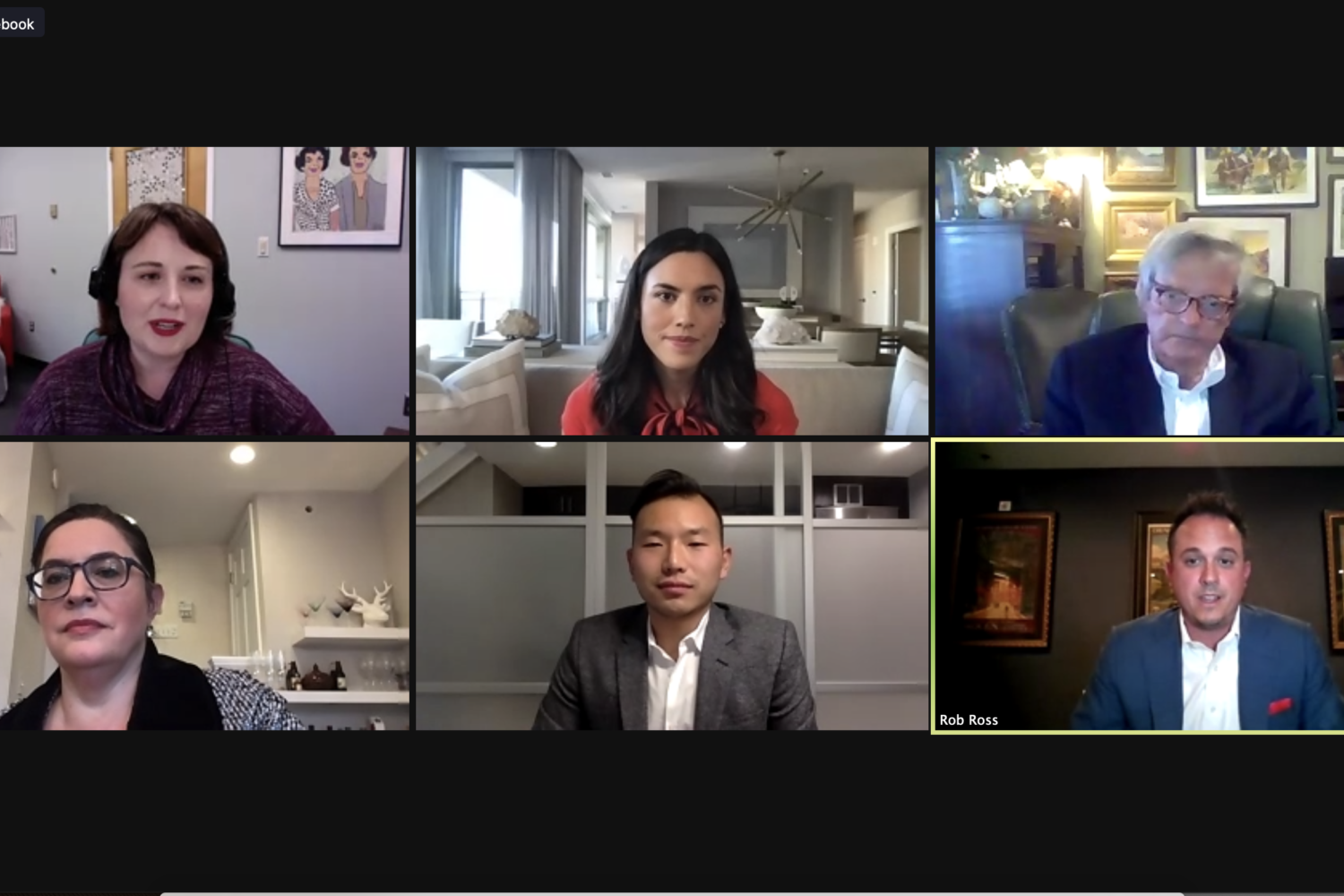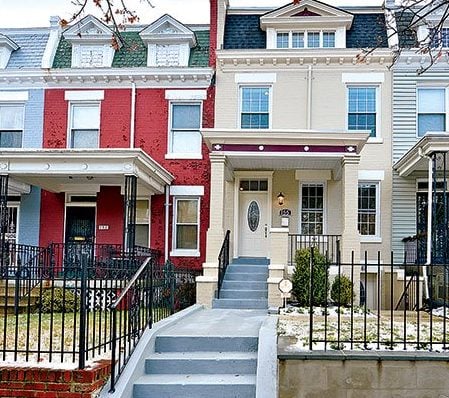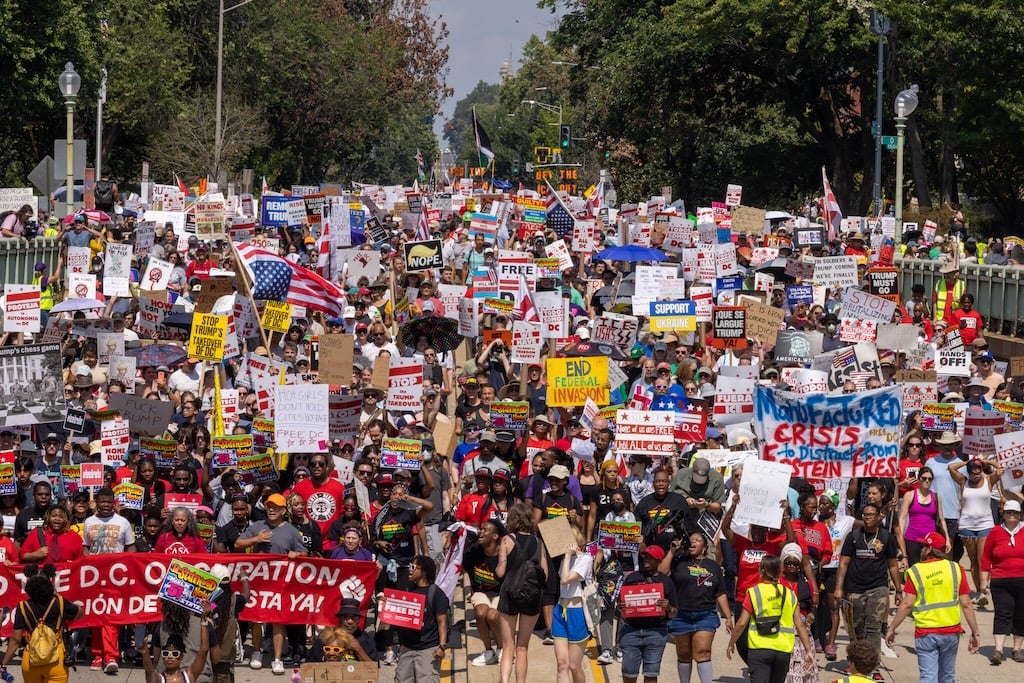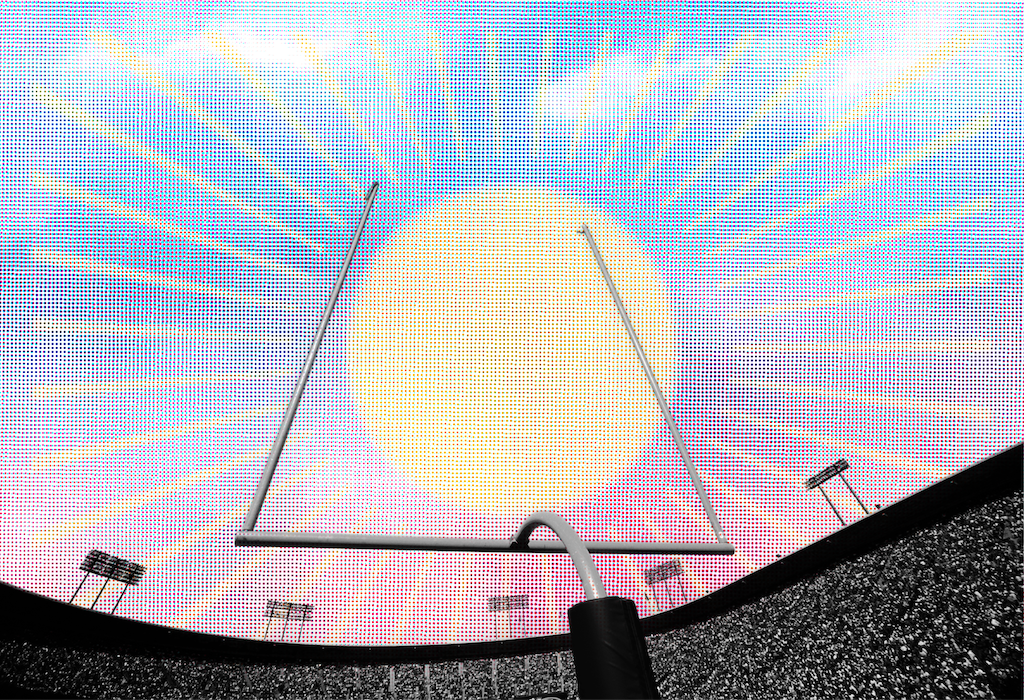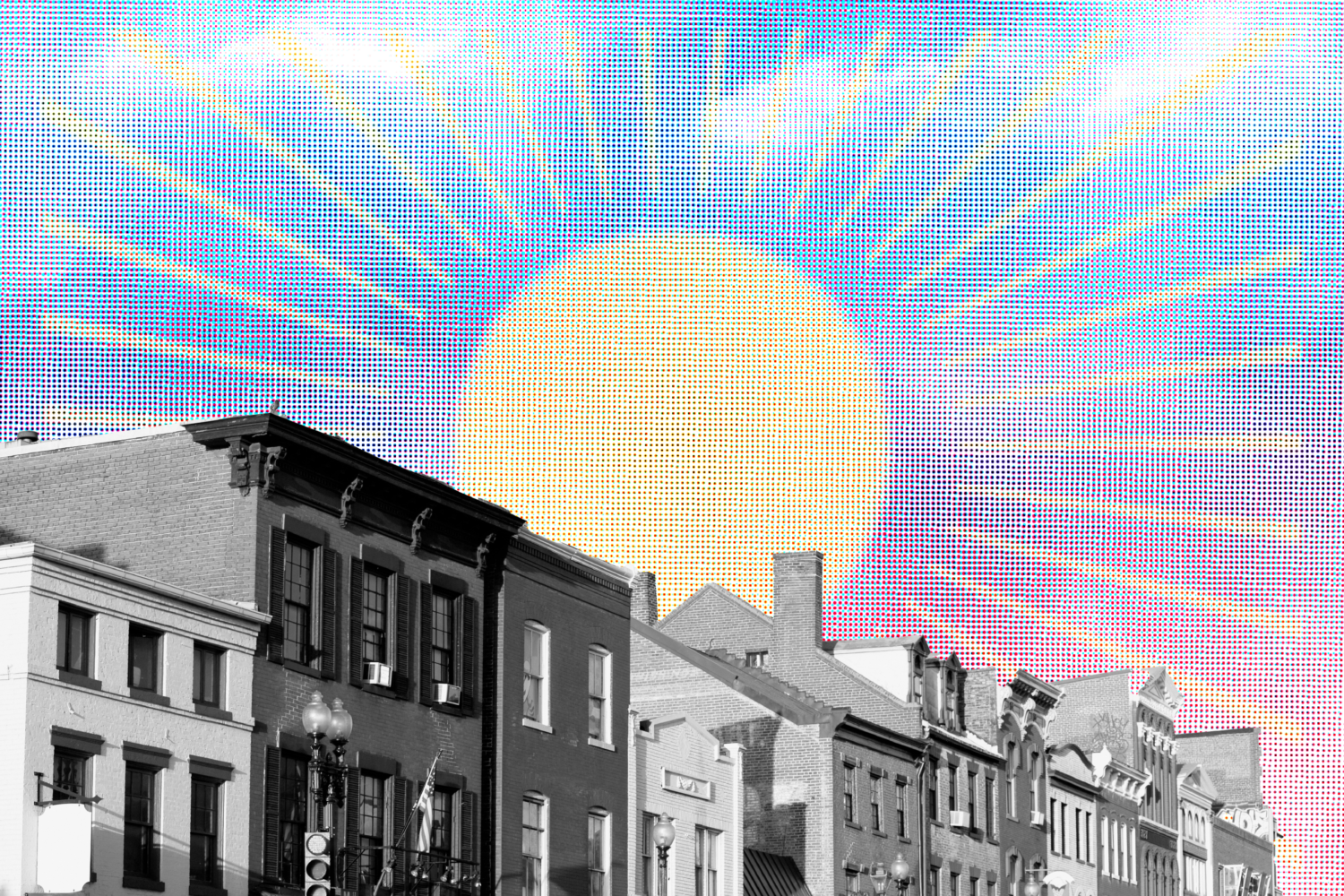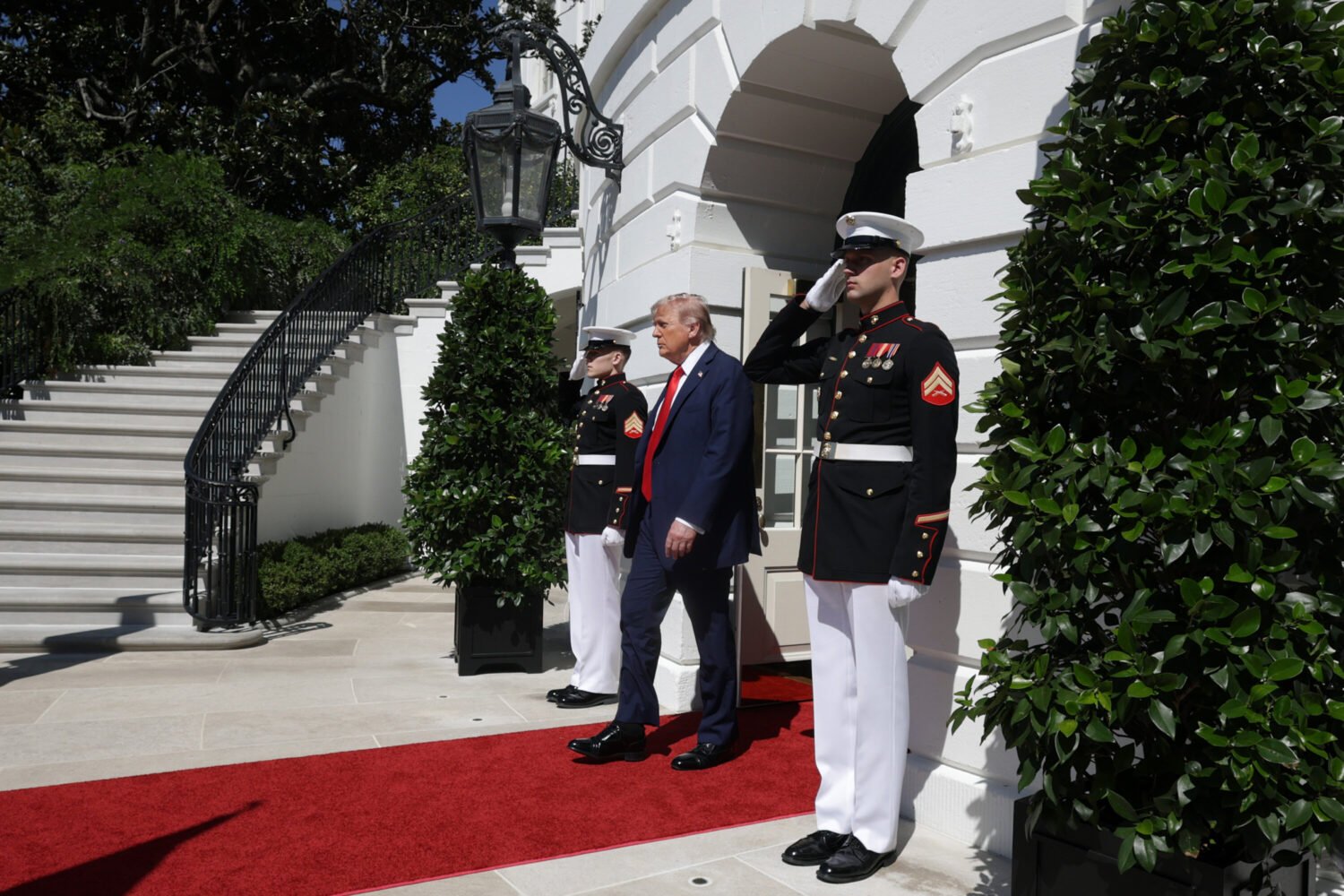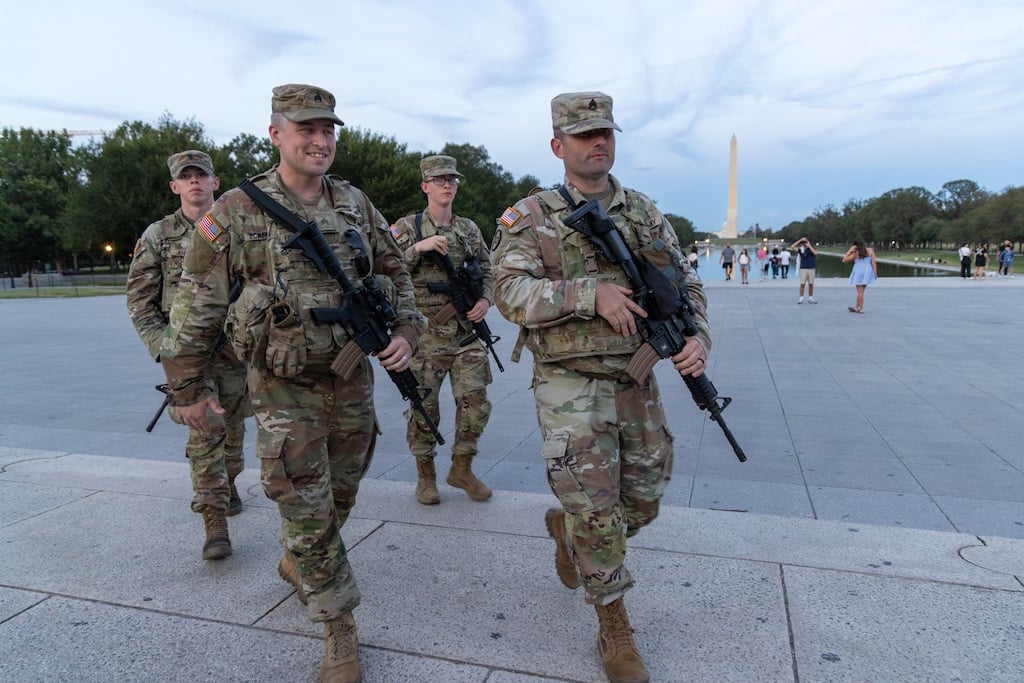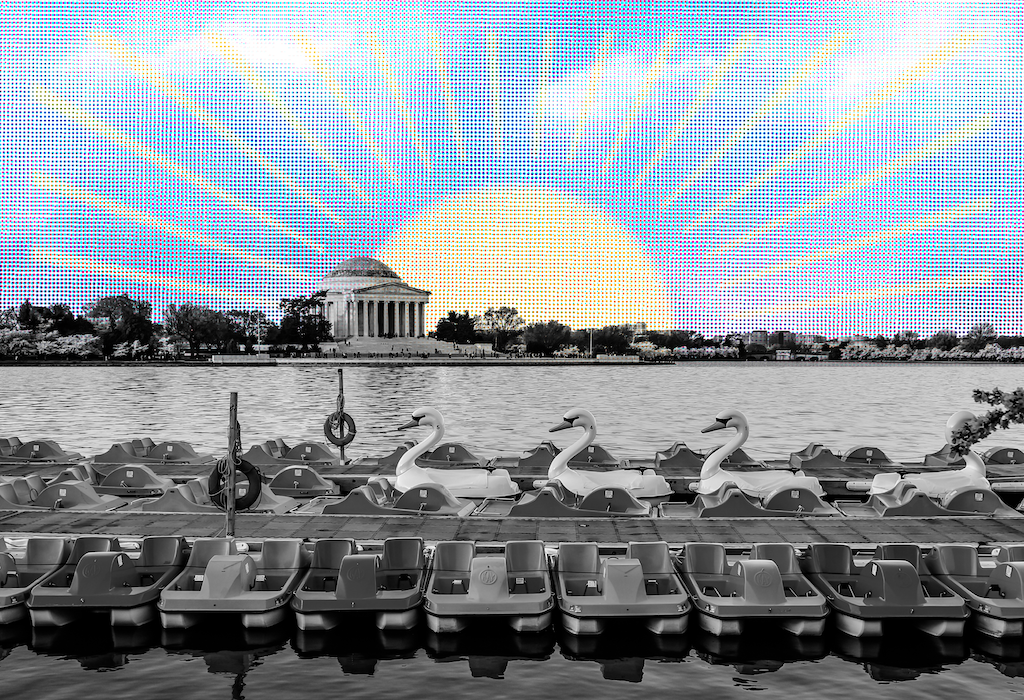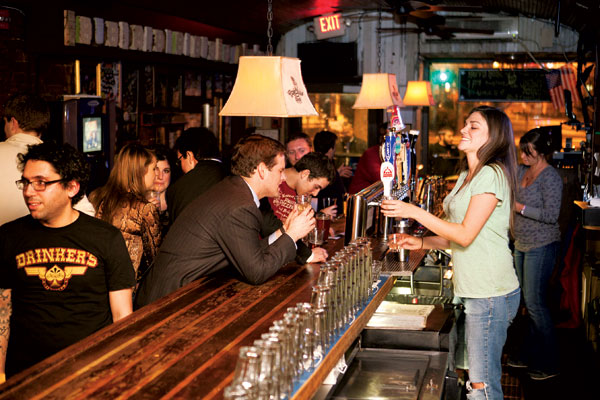
Capitol Lounge, 231 Pennsylvania Ave., SEA Hill staffers’ hangout filled with political memorabilia. Photograph by David Phillipich.
In the early morning of Friday, October 15, 2010, Ali Ahmed Mohammed, an Ethiopian immigrant who worked as a security guard and deli-sandwich maker, showed up at DC9, a club on Ninth St., Northwest, just off the U Street corridor, that Englert and a couple of partners had opened in 2003 as a showcase for alternative bands.
It was after the 2 am closing time, and Mohammed, who was 27, was turned away. A few minutes later, he returned, hurling two bricks through the front window. Englert’s partner, William Spieler, and four employees ran after Mohammed and held him on the ground until police arrived. Mohammed was barely conscious by the time officers got there and was taken to Howard University Hospital, where at approximately 3:15 am he was pronounced dead.
Early witness accounts suggested that the five men had beaten Mohammed to death. Before the day was out, DC police chief Cathy Lanier held a news briefing to announce that police had charged Spieler and the DC9 employees with second-degree murder for an act of “savage . . . vigilante justice.”
Almost as quickly, the case began unraveling. The charges were reduced to aggravated assault a day after Lanier’s news briefing, then dropped. An autopsy found no injuries consistent with an assault and concluded that Mohammed had died of some combination of “excited delirium,” heart defects, alcohol intoxication, and physical exertion while being restrained. Last June, after a six-month probe, the US Attorney’s Office for the District of Columbia concluded there was insufficient evidence of any crime.
In interviews with local news outlets after the incident, Englert called Mohammed’s death a tragedy but felt certain that Spieler and his employees were innocent.
Still, associates say the media glare, the uproar in the Ethiopian community, and the long investigation left Englert uncharacteristically depressed. For two decades, he had enjoyed a reputation among DC authorities as a responsible business owner. Now reporters were knocking on his door at night asking him to respond to charges of murder.
Englert learned of the allegations at 7 am the morning of the incident in a phone call from Spieler’s wife. Englert then called Tommy Wells. The councilman admonished him to cooperate with the investigation and not to burn bridges by taking too public a stand. Wells told me he then called police officials and Jim Graham–the Ward 1 councilman who oversees the Alcoholic Beverage Regulation Administration–on Englert’s behalf to urge them against a rush to judgment. Englert “made a good case there needed to be another voice out there,” Wells says.
Englert and I met at Sova, a coffee shop on H Street, on the first anniversary of the incident, as Mohammed’s family gathered outside DC9, across town, to announce a $15-million wrongful-death lawsuit against Englert, Spieler, and several others. Reporters were calling Englert’s cell phone; he politely declined to comment.
“You’re used to people in their highest, most animated state: ‘Hey, I’m done with work, I love you, you’re the man with the booze.’ It wasn’t a familiar situation.”
To me, he maintained that neither he nor his employees had done anything wrong. He predicted another vindication in civil court. To satisfy liquor-control officials, Englert outfitted DC9 with a system of security cameras, gave his staff intensive new security training, and instructed workers not to perform citizens’ arrests on suspects whose only offense is property damage.
I asked about his state of mind in the weeks after the arrests. He said he slept fitfully and “wanted to hide.” He grew fearful of new risks: “I think you just get scared and in general sheepish about putting yourself on a limb.” Mostly, he felt bad for his partner and employees, who were tarred by the police chief as vigilantes and forced by alcohol regulators to sever ties with Englert’s bars until their names were cleared.
“People come to us to celebrate birthday parties and release their latest CD and to have going-away parties–you’re not used to making people unhappy in any way,” he said. “You’re used to people in their highest, most animated state: ‘Hey, I’m done with work, I love you, you’re the man with the booze.’ It wasn’t a familiar situation.”
That the man with the booze is not always loved seems to have been a particularly difficult revelation.
A week later, Englert and I met again a few blocks from Union Station. He was so determined to give me a tour of the changes coming to H Street that he drove his own car. I got in–he has a Honda Element–and we cruised along Second Street, Northeast, before turning east onto H.
That vacant lot, he said, nodding to his left, is going to be a Giant supermarket. Jair Lynch, the developer and former Olympic gymnast, just bought those buildings over there for $51 million for “hundreds and hundreds of condos.” That tired strip mall will make way for luxury apartments over first-floor retail. In a couple of years, a trolley will coast along those tracks, carrying Washingtonians from Union Station to streets brimming with “the hipster restaurants, the boutiques, and the gym.”
The pace of change worries him. He doesn’t want to see the street lose its distinctiveness, its grit. He doesn’t want a raucous party district like Adams Morgan or the chain-store sterility of the new Columbia Heights.
“H Street is going to be a completely different place in five years,” he said. “So here is the challenge: What keeps it–what makes it–unique and different?”
A couple of weeks earlier, he had demurred when I’d asked whether he had a broader vision. But today he was expansive.
Why not team up with local art schools and designers to set up a fashion district here, he asked. Vacant warehouses on nearby Bladensburg Road could be turned into textile shops, where new immigrants could earn paychecks making locally designed clothes. Tech companies could partner with area universities and turn the neighborhood into a design hub for, say, electric-car batteries. A big, overgrown lot down that street could be made over into soccer fields.
One of his shoelaces was untied, and he was wearing the stewed, screwed and tattooed T-shirt. But he sounded surprisingly adult–like a man thinking about the long term, about something bigger than himself.
In some not-so-distant future, he told me, “you go to H Street to have the food you can only have on H Street, the music you can only have on H Street, the clothes you can only have on H Street. Then your kids are playing five blocks away from H Street in a gigantic public soccer arena. How hard can that be?”
Ariel Sabar is the author of two books, “My Father’s Paradise,” which won the National Book Critics Circle Award for autobiography, and “Heart of the City.”
This article appears in the March 2012 issue of The Washingtonian.

